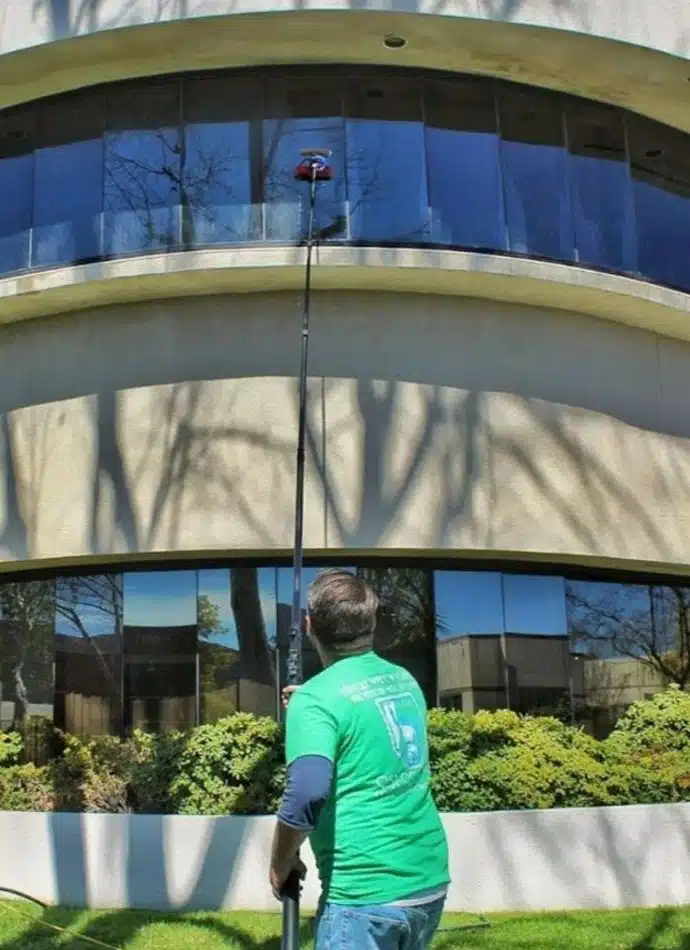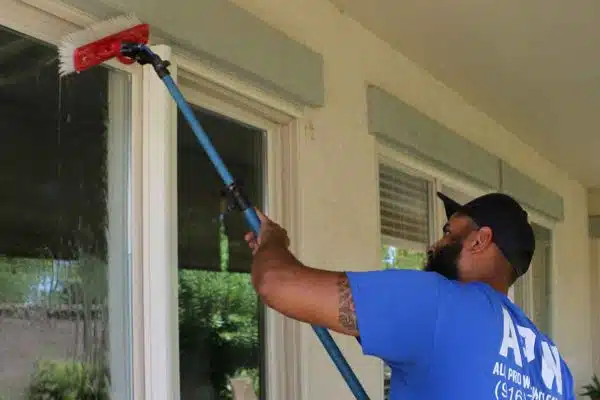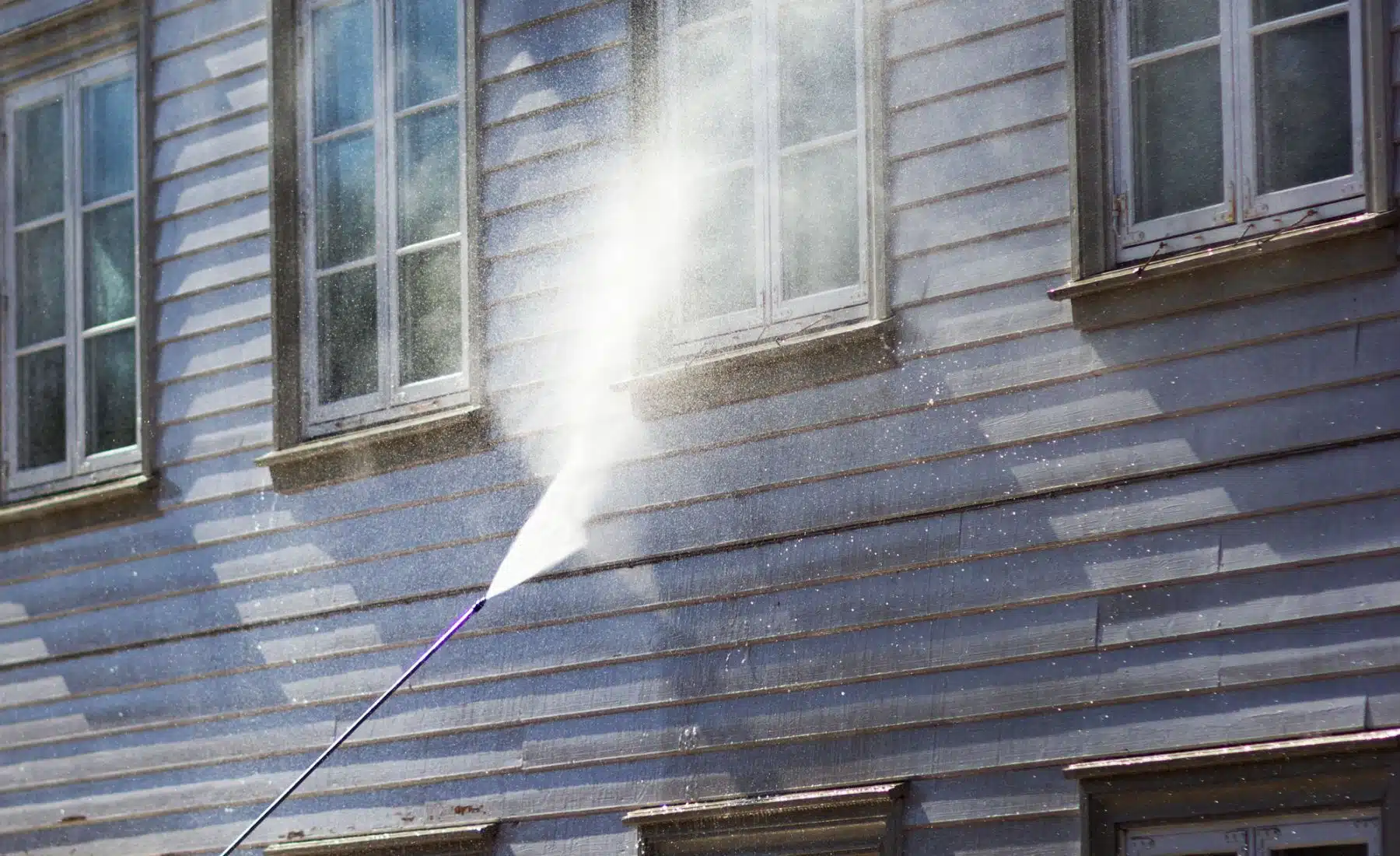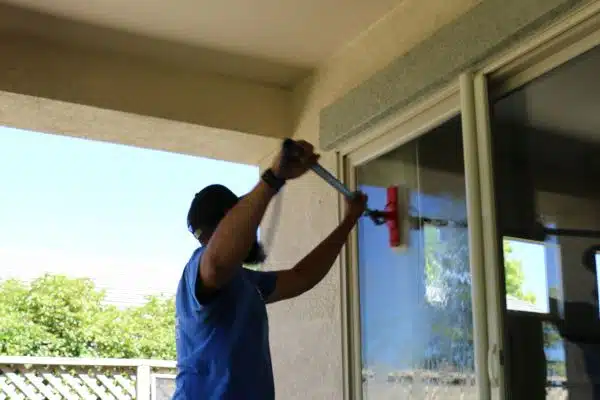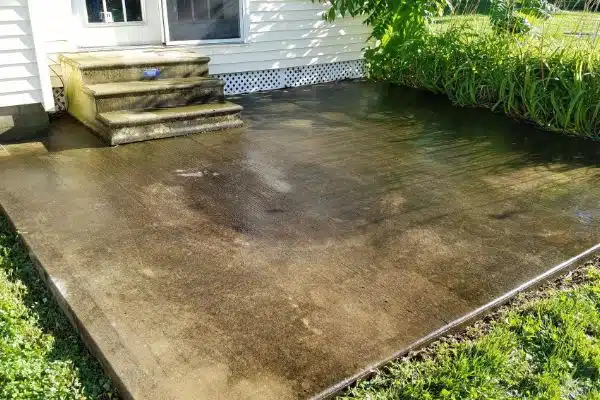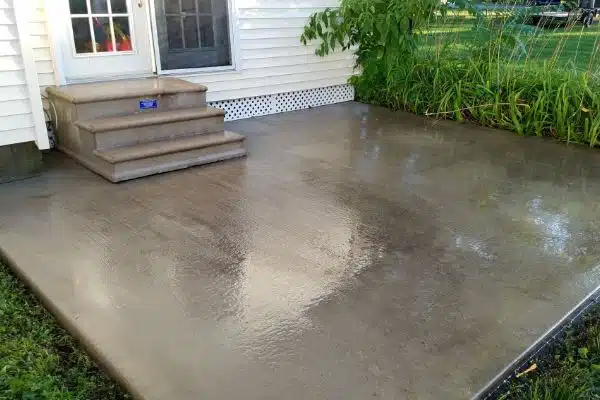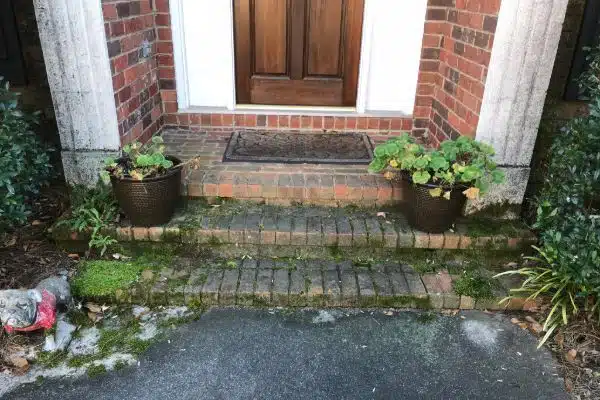Common Paver Stains and How to Remove Them
Are you tired of looking at your once beautiful paver patio or driveway, only to be greeted by unsightly stains and discoloration? Whether it’s oil spills from your car, rust from outdoor furniture, or even just everyday foot traffic, paver stains can quickly detract from the overall appearance of a space. However, don’t fret – in this blog post, we will explore some of the most common paver stains and provide effective solutions for removing them. By the end of this read, you’ll have a deeper understanding of the causes of paver stains, and be armed with the knowledge to restore your pavers back to their original luster. So, let’s dive in and explore the world of common paver stains – and how to banish them for good!
An Overview of Paver Stains
Paver stains are a common problem that homeowners and business owners face. These unsightly stains can detract from the beauty and value of your property, but they can also be a sign of more serious issues. There are many different types of paver stains, which can be caused by a variety of factors. Some of the most common causes include oil, rust, mold, mildew, and algae. In this article, we’ll explore some of the most common types of paver stains, discuss their causes, and provide tips for preventing them from occurring in the first place.
One of the most common types of paver stains is oil stains. These are caused by spills of oil or other petroleum-based products, which can be particularly problematic on porous materials like concrete and natural stone. Rust stains are another common type of paver stain, which can be caused by metal objects rusting on pavers or by rust from sprinkler systems. Mold and mildew stains are also common, especially in areas with high humidity or frequent rain. Finally, algae stains can occur in areas with a lot of shade, which can cause moisture to accumulate on pavers.
To prevent paver stains from occurring in the first place, it’s important to keep your pavers clean and well-maintained. Regularly sweeping and washing your pavers can help to remove any dirt, debris, or organic matter that could contribute to staining. It’s also important to seal your pavers regularly to help prevent the absorption of moisture and other substances that could stain the surface. In addition, it’s a good idea to avoid parking vehicles or storing materials on your pavers, which can increase the risk of oil stains.
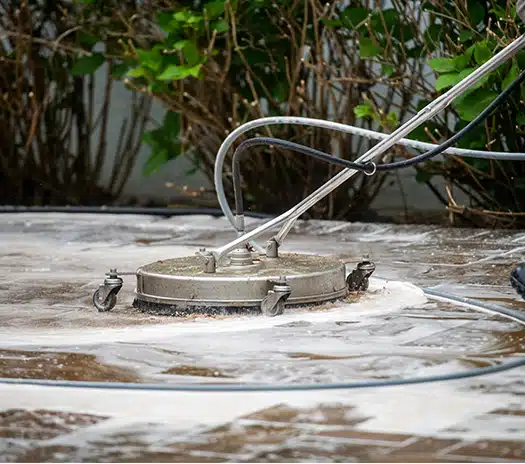
Identifying Different Types of Paver Stains
Now that we have a general understanding of the causes of paver stains and how to prevent them, let’s take a closer look at some specific types of stains that you may encounter on your pavers. By identifying the type of stain, you can choose the most effective method for removing it and restoring your pavers to their original condition.
Oil and grease stains are some of the most common types of paver stains. These can be caused by spills from vehicles or machinery, cooking oils, or other products containing oil. In addition to being unsightly, these stains can also be hazardous as they create a slippery surface. To remove oil and grease stains from your pavers, first try using a degreaser specifically designed for outdoor surfaces. This should be applied directly to the stained area and allowed to sit for a few minutes before being scrubbed with a stiff brush and rinsed off.
Rust stains are another common type of paver stain, which can be caused by various sources, such as metal furniture or outdoor equipment. To remove rust stains from your pavers, you can try using a mixture of lemon juice and salt or a commercial rust stain remover. Be sure to follow the instructions carefully, as some products may require dilution or multiple applications.
Mold and mildew stains can be caused by excess moisture, which creates an ideal environment for these types of growths. To remove mold and mildew stains from your pavers, you can use a solution of water and bleach or a commercial mold and mildew remover. Be sure to wear protective gear, such as gloves and goggles, when using these products. Additionally, it’s important to address the source of excess moisture in order to prevent future growth.
Algae stains are common in shaded areas where pavers are often damp and experience little sunlight. To remove algae stains from your pavers, you can use a solution of warm water and white vinegar or a commercial algae cleaner. Again, be sure to follow the instructions carefully and take precautions when handling these products.
Removing Stubborn Paver Stains
While regular maintenance and prompt stain removal can help prevent most paver stains, there may be times when you encounter more stubborn stains that require extra effort to remove. Here are a few tips and tricks for tackling even the toughest paver stains:
- Pressure washing: This method involves using high-pressure water to blast away tough stains from your pavers. Be sure to use caution and follow the instructions carefully, as pressure washing can damage some types of pavers.
- Chemical cleaners: There are various commercial products available specifically for removing tough stains from pavers. Be sure to choose a product that is safe for your type of paver material and follow the instructions carefully.
- Natural remedies: As mentioned before, there are natural solutions that can be effective in removing certain types of stains from pavers. These may include using a mixture of baking soda and water, vinegar, or even plain old dish soap.
- Professional cleaning: If all else fails, it may be worth hiring a professional paver cleaner to tackle stubborn stains. They will have the experience and equipment necessary to get your pavers looking like new again.
While paver stains can be frustrating and unsightly, there are ways to prevent them from occurring and effective methods for removing them when they do happen.
Choosing the Right Cleaning Solutions for Each Type of Stain
When it comes to cleaning, there are a myriad of cleaning solutions available on the market. Choosing the right cleaning solution for each type of stain is crucial to ensure that your surfaces or fabrics look and feel as good as new. Different stains require different cleaning methods and cleaning solutions, which is why it is important to choose the right one.
For oil-based stains such as grease and motor oil, a solvent-based cleaning solution is your best bet. These types of cleaning solutions work by breaking down the oil molecules into smaller particles, making it easier to remove. It’s important to remember that solvent-based cleaning solutions should be used in a well-ventilated area, as they emit strong fumes that can be harmful when inhaled.
For protein-based stains such as blood and egg, an enzymatic cleaner is your best friend. Enzymatic cleaners contain enzymes that work by breaking down the proteins into smaller particles, allowing for a more thorough clean. In addition to being effective, enzymatic cleaners are also gentle on fabrics and surfaces, making them the perfect choice for delicate materials such as silk and wool.
For tough stains such as red wine and coffee, a combination of hydrogen peroxide and dish soap will do the trick. This DIY cleaning solution is not only effective but also affordable. Mix one part hydrogen peroxide with two parts dish soap and apply the solution directly to the stain. Let it sit for a few minutes before blotting it with a clean cloth. This combination works by breaking down the chromogens in the stain, effectively removing it from the surface or fabric.
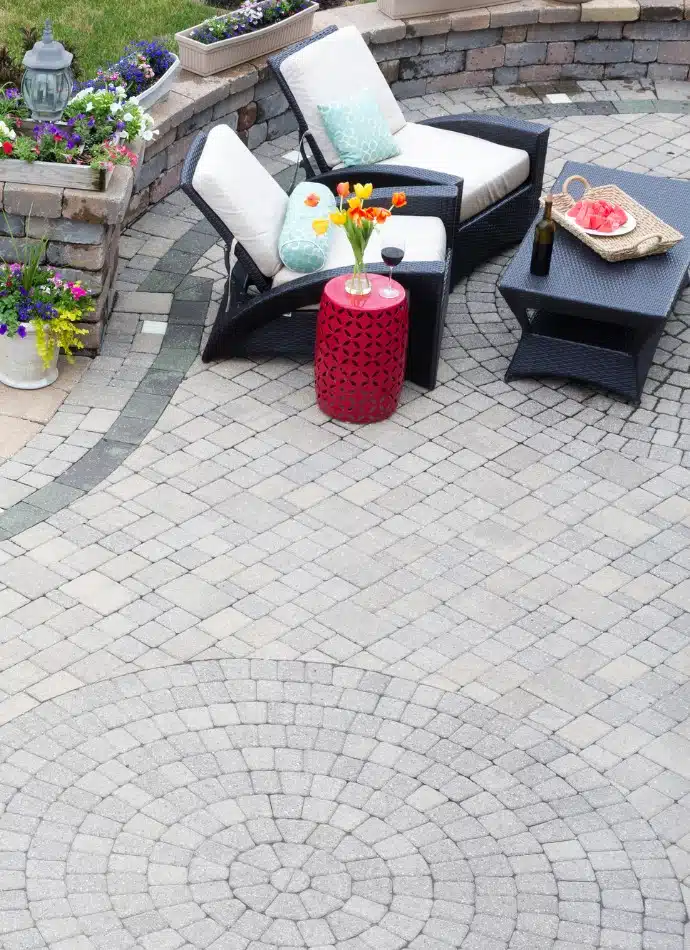
Protecting Pavers from Future Staining
In addition to regular paver cleaning and stain removal, there are other ways to protect your pavers from future staining.
One effective method is sealing, which involves applying a protective layer over your pavers to prevent stains from penetrating the surface. There are various sealants available on the market, so be sure to choose one that is suitable for your type of paver material.
Another option is waxing, which involves applying a layer of wax over your pavers to create a barrier against stains and other contaminants. This method is more commonly used on indoor surfaces, but can also be effective for outdoor pavers.
Whichever method you choose, be sure to thoroughly clean and dry the surface before applying any sealant or wax. It’s also important to follow the instructions carefully and reapply as needed to maintain the protective layer.
With regular maintenance, proper cleaning techniques, and preventative measures such as sealing or waxing, you can keep your pavers looking beautiful and stain-free for years to come.
In conclusion, paver stains are a common issue that can be easily prevented and removed with the right tools and techniques. Regular maintenance and prompt stain removal are key in preventing stains from setting in, while various cleaning solutions and methods can effectively remove even the toughest stains. Additionally, taking preventative measures such as sealing or waxing can help protect your pavers from future staining. Remember to always follow instructions carefully and take proper precautions when handling cleaning products. With these tips and tricks, you can maintain the beauty of your pavers and enjoy them for years to come. So why wait? Get started on maintaining clean and stain-free pavers today! Happy cleaning!
All Pro Window Cleaning
https://www.google.com/maps?cid=5983212643642810641
(916) 915-9562
https://allpronorcal.com/










